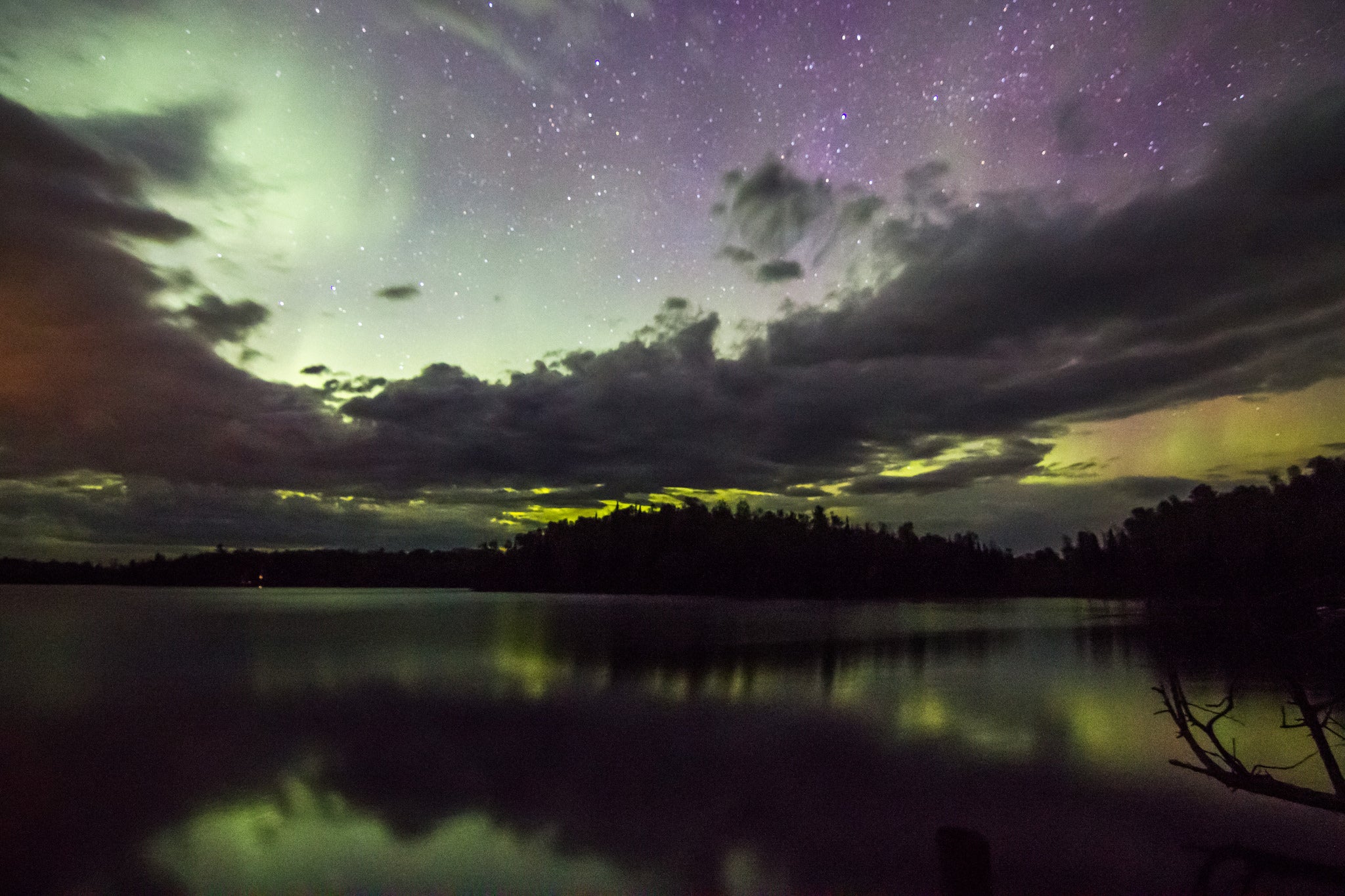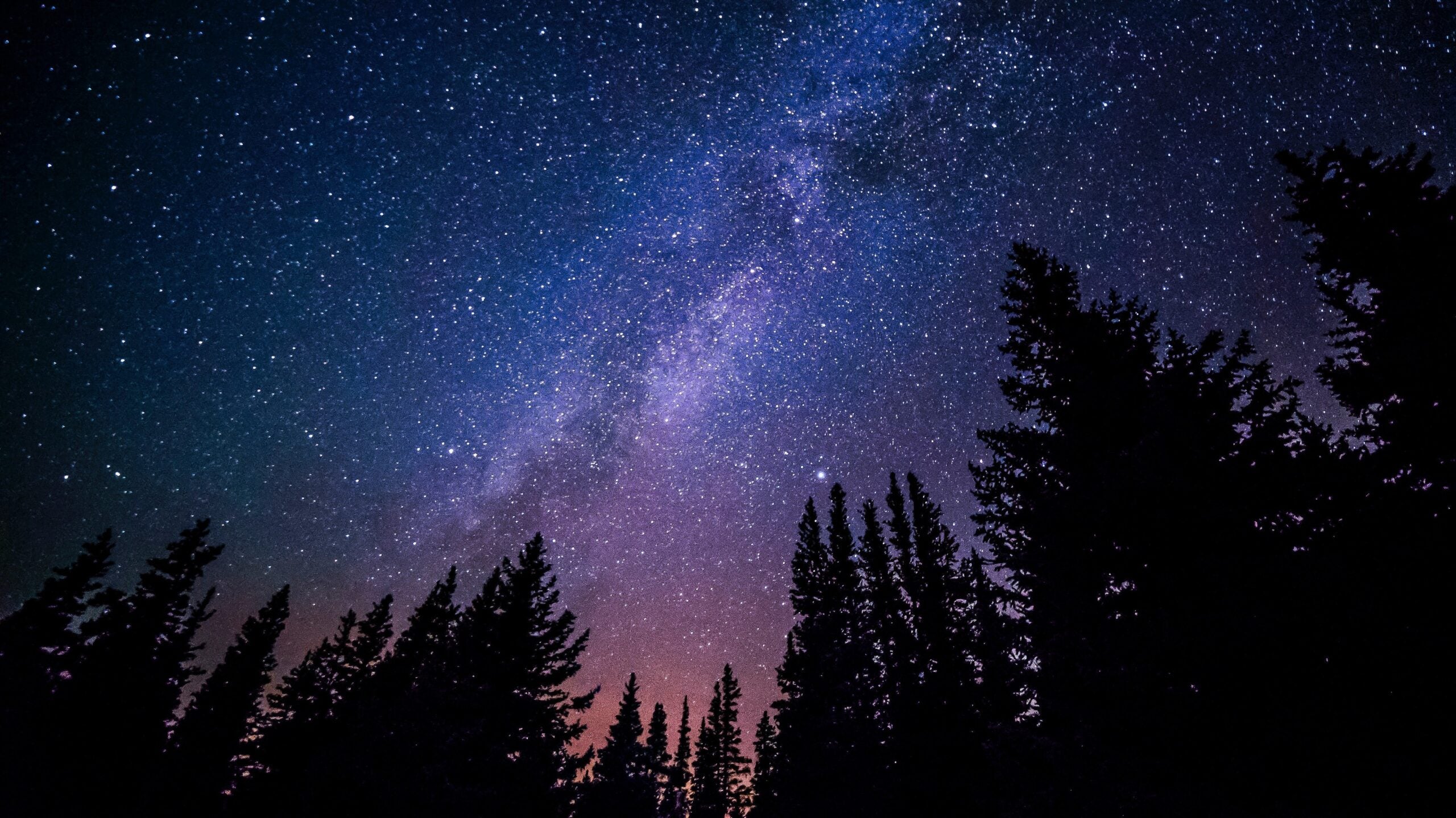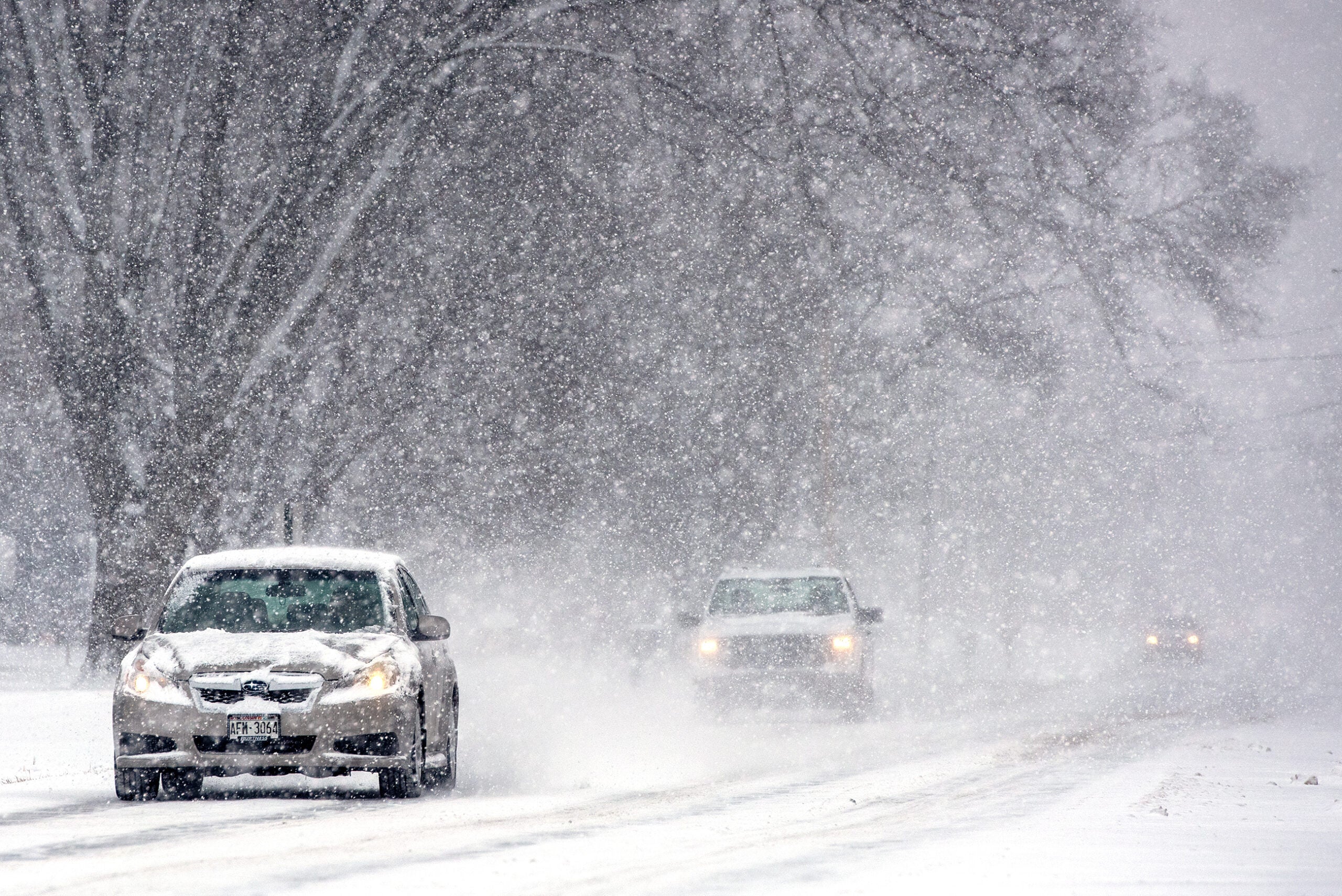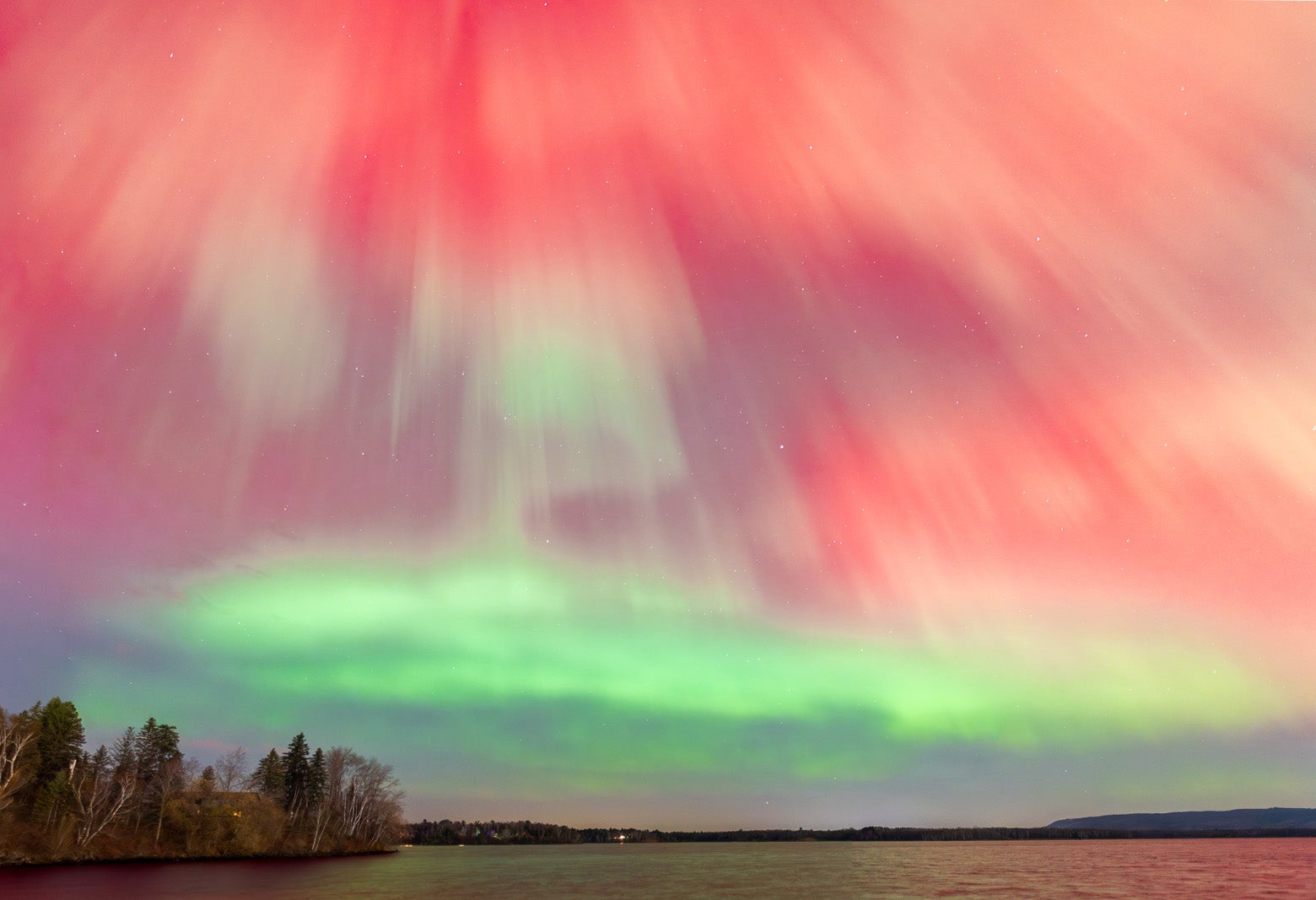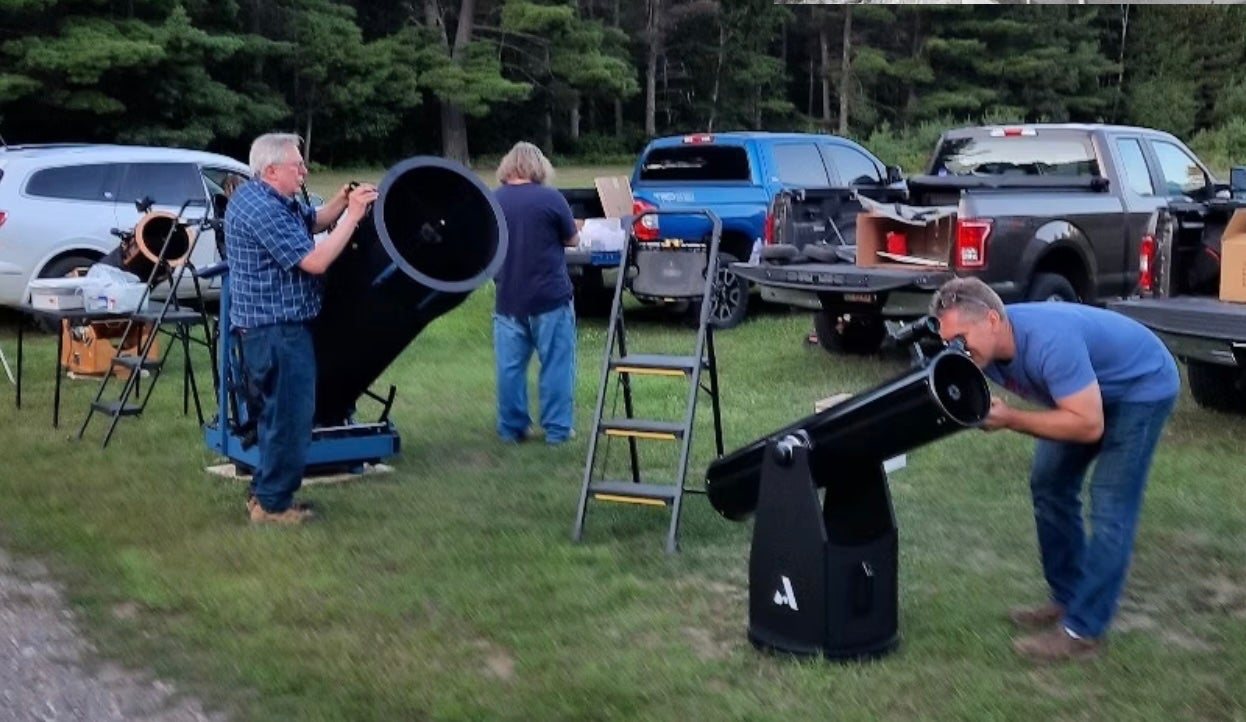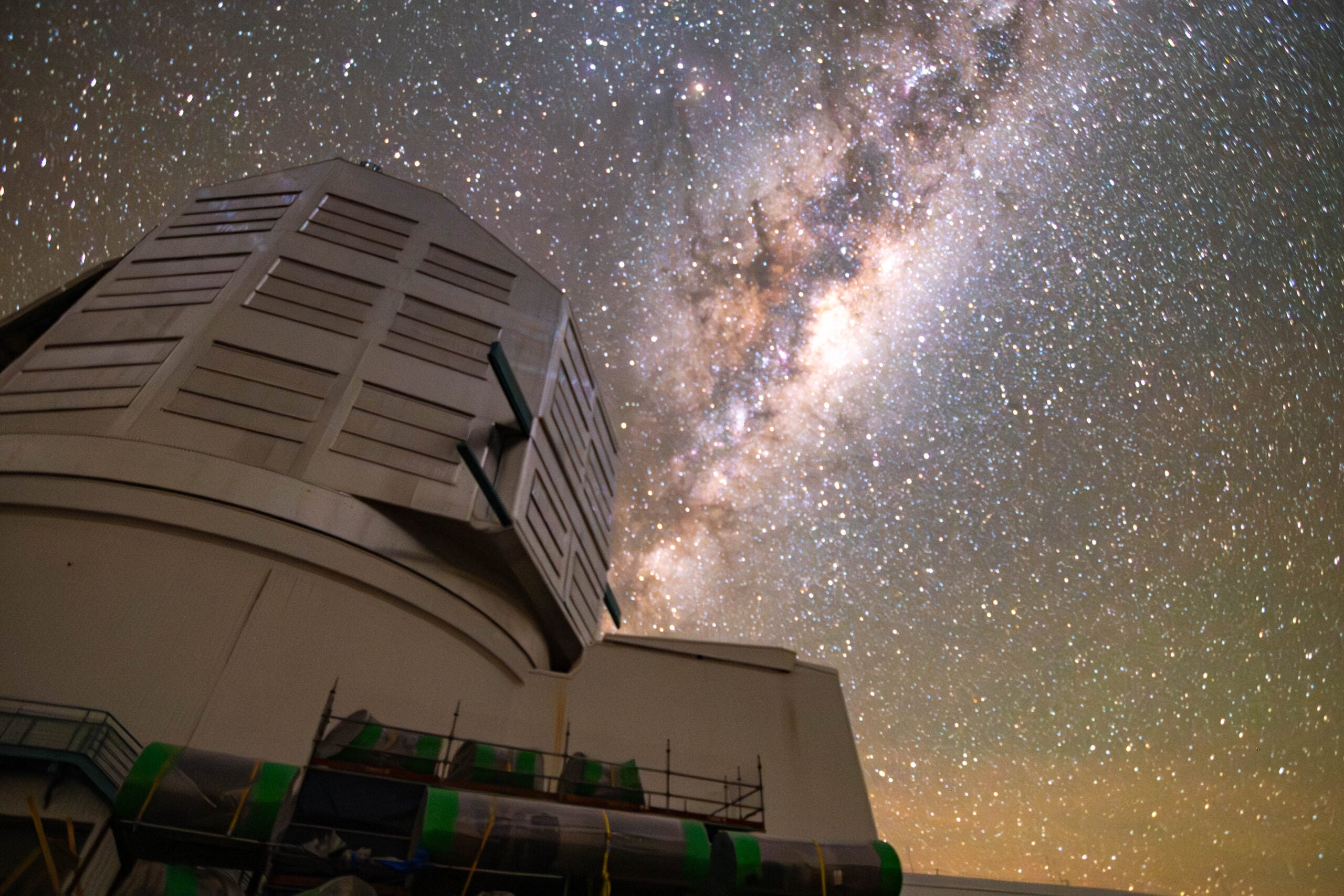Talk of the northern lights being visible this week has many Wisconsinites ready to look toward the night sky. But experts caution most of the state doesn’t have a strong chance of seeing an aurora.
Ketzel Levens, meteorologist with the National Weather Service in Duluth, Minnesota, said the latest forecast from the National Oceanic and Atmospheric Administration’s Space Weather Prediction Center shows only far northern Wisconsin has a chance of seeing an aurora over the next three nights.
“If you’re Highway 8 and north, and definitely like Highway 2 and north, you might have some auroras that are there on the horizon if it’s a nice, dark night with no clouds,” Levens said. “But if you’re further south than that, there’s probably not a super great chance that you’re going to see anything.”
News with a little more humanity
WPR’s “Wisconsin Today” newsletter keeps you connected to the state you love without feeling overwhelmed. No paywall. No agenda. No corporate filter.
Levens said there is a chance of scattered showers in northern Wisconsin, so cloud cover could obstruct some views of the lights. She said reduced hours of darkness in summer also makes it harder to see an aurora this time of year.
Solar activity prompted long-term forecasts to show a strong likelihood of geomagnetic activity this week. But Levens said that forecast changed as experts gathered more data.
“Just like weather, everything is a lot more accurate in the near term than it is in the long term,” she said.
Jim Lattis, director of University of Wisconsin’s Space Place, said auroras are caused by charged particles from the sun interacting with gasses like nitrogen in the Earth’s atmosphere. He said a lot of things have to go right for that to happen.
“There are solar flares popping off on the sun every other day or daily these days, but those flares have to emit something that then crosses an awful lot of space between us and the sun, and then actually interacts with the earth,” he said.
Lattis said like weather, forecasters can be surprised by actual conditions. So he said residents can still keep an eye on the skies, especially along the northern horizon. Lattis said that’s where most auroras tend to be visible in Wisconsin.
“Those glowing layers of the Earth’s atmosphere are still very high above the Earth’s surface, but you’re looking north like into Canada, you know, a few hundred miles north,” he said. “Up there, it’s directly overhead. But for us, it’s very low on the horizon.”
Wisconsinites did see more prominent auroras this spring, and Levens said there is a strong chance the region will see more activity later this year when the days get shorter. She said the sun goes through a roughly 11-year solar cycle and is getting into its more active season.
“That’s why over the last year or so, we’ve been seeing more and more of these potential northern lights events,” she said. “So as we continue to go into that more active cycle over the next couple of years, we will have more potential for these auroras that emerge.”
Lattis said residents can look online for the latest aurora forecasts. He said the only things people need to see them are a dark night sky and a lawn chair to be more comfortable gazing toward the skies.
Wisconsin Public Radio, © Copyright 2025, Board of Regents of the University of Wisconsin System and Wisconsin Educational Communications Board.

